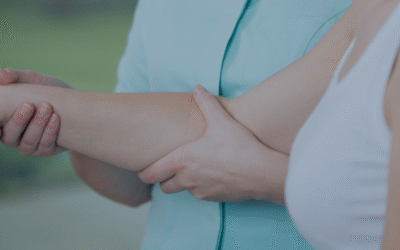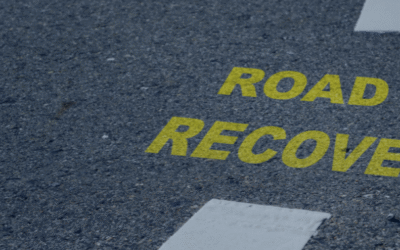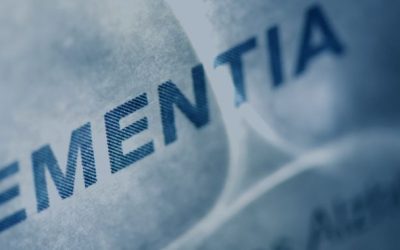Empowering Stroke Recovery Through Physical Activity: A Path to Wellness

A stroke can be a life-altering event, impacting both physical and mental well-being. The American Stroke Foundation emphasises the crucial role of physical activity in the recovery process. Beyond medical interventions, engaging in regular physical activity is a powerful tool for individuals on the journey to recovery. This blog post explores the extensive benefits of staying active post-stroke and how it contributes to an improved overall quality of life.
The Road to Recovery:
Following a stroke, one of the key recommendations from the American Stroke Foundation is to minimise sedentary time and gradually embrace physical activity. This may require assistance from others, but the benefits are well worth the effort. The objective is to regain function and strive towards the fullest possible recovery.
1. Improved Overall Stroke Recovery:
Physical activity plays a pivotal role in enhancing overall stroke recovery. By engaging in targeted exercises and activities, individuals can promote neuroplasticity, encouraging the brain to reorganise and adapt after injury. This, in turn, contributes to improved motor skills and functional abilities.
2. Enhanced Physical Function:
Regular physical activity is instrumental in improving physical functions such as mobility, walking, and balance. Tailored exercises can aid in rebuilding strength and coordination, fostering a return to independence and a more active lifestyle.
3. Improved Mental Function:
The impact of physical activity on mental health post-stroke is profound. Exercise has been shown to positively influence mood and alleviate symptoms of depression, which are common challenges faced by stroke survivors. The sense of accomplishment derived from physical activity contributes to a more positive outlook on life.
4. Reduced Risk of Stroke Recurrence:
Maintaining an active lifestyle is a proactive approach to reducing the risk of stroke recurrence. Physical activity has been linked to improvements in cardiovascular health, helping manage risk factors such as high blood pressure and obesity, which are often associated with stroke.
5. Mitigated Risk of Heart-related Conditions:
In addition to reducing the risk of stroke, staying physically active contributes to overall heart health. Regular exercise aids in lowering blood pressure, improving cholesterol levels, and managing body weight. These factors collectively contribute to a healthier cardiovascular system, reducing the likelihood of heart-related conditions.
6. Minimised Risk of Falls:
Balance and coordination are often affected by strokes, increasing the risk of falls. Engaging in activities that focus on these aspects can significantly reduce the likelihood of falls, promoting safety and independence.
Incorporating the Tigo 558 active passive trainer into the rehabilitation process aligns with the holistic approach advocated by the American Stroke Foundation. The device complements the emphasis on regular exercise, offering a safe and effective means for stroke survivors to engage in physical activity tailored to their abilities and progress.
By utilising the Tigo 558, individuals can gradually transition from passive to active exercises, promoting a gradual and personalised approach to rehabilitation. This not only contributes to physical recovery but also supports mental well-being, empowering stroke survivors to take an active role in their recovery journey.
Recent Blog Posts
Bridging the Gap: How to Continue Intensive Stroke Rehab After Hospital Discharge
Leaving the hospital after a stroke is a critical time. Irish researchers have identified a “discharge gap,” where many patients feel their care is “fragmented” and they lose access to therapy.
The HSE’s National Stroke Strategy is tackling this by discharging patients earlier with “Early Supported Discharge” (ESD) teams who visit you at home. The Tigo 558 is the perfect partner for this new model. It’s designed to be in your home, ready for you on day one, so there is no interruption to your recovery. It bridges the gap between hospital and home, allowing you to continue the intensive rehab prescribed by your ESD team.
The 2023 Irish Stroke Guideline Sets a New Standard for Recovery. Are You Equipped to Meet It?
This year, stroke recovery in Ireland has a new "gold standard." The new National Clinical Guideline for Stroke - adopted across Ireland and the UK - has officially raised the bar for what your recovery should look like. It's not just a document for hospitals. It has...
Exercise Therapy for Dementia: A Path to Empowerment and Independence
At Beechfield Rehab, we provide innovative solutions to support individuals with dementia. The THERA-Trainer Tigo 558 is a versatile, motor-assisted therapy device designed to improve mobility, strength, and independence.



